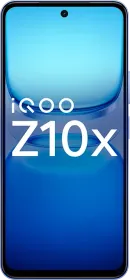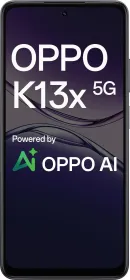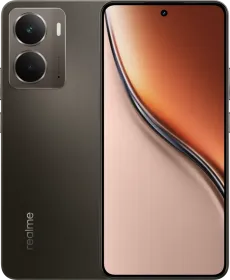TL; DR
- Cybercab production to start in 2026, to cost less than $30,000.
- Operating cost to be under a $1.
- Tesla also launched the Robovan which can transport 20 people at once.
Keeping with a decade-old promise, Tesla CEO Elon Musk took the stage to announce new driverless Robotaxi and Robovan concepts slated to enter production by 2026.
What is a Robotaxi?
The Robotaxi is an autonomous vehicle with a futuristic design, notably lacking a steering wheel and pedals. Its two doors open upwards, reminiscent of butterfly wings, and the small cabin provides space for just two passengers. The design appears to be based on the now-canceled concept for a smaller, more affordable EV intended for developing markets like India.
To much fanfare, Musk arrived on stage in a “Cybercab,” which he stated would feature inductive wireless charging, eliminating the need for human intervention in the charging process. He emphasized the increased safety of these taxis equipped with the Full Self-Driving (FSD) package compared to conventional taxis. Musk added that Robotaxi operation will eventually cost $0.2 (Rs 16) per mile, significantly less than the $1 (Rs 82) per mile cost for city buses.
ALSO SEE: Popular 7 seater cars in India
Robovan for mass transit
Musk also showcased a larger, self-driving vehicle—the Robovan—capable of carrying up to 20 people. This vehicle also boasts a futuristic, sci-fi-inspired design. Musk indicated that the Robotaxi will enter production sometime in 2026 with a target price under $30,000 (Rs 25 lakhs).
He explained that the vehicles rely on artificial intelligence and cameras, eliminating the need for the additional hardware used by Robotaxi competitors. Tesla plans to operate a fleet of Robotaxis and Robovans, available for hire through an app. Individual Tesla owners will also have the opportunity to list their vehicles as Robotaxis on the app to generate income.
ALSO SEE: Best Cars Under Rs 8 Lakhs
Our take on this:
Robotaxis are still in its infancy, with existing players like Waymo struggling to gain significant market share. These taxis are complex to operate, require substantial investment, and are currently available only in a limited number of locations globally. Musk’s projections for the Robotaxi, with its sub-$30,000 price point and reliance on the FSD system instead of a more conventional multi-sensor system, appear overly optimistic. As for a global rollout, we don’t expect to see these vehicles on Indian roads before 2035.
You can follow Smartprix on Twitter, Facebook, Instagram, and Google News. Visit smartprix.com for the latest tech and auto news, reviews, and guides.




































